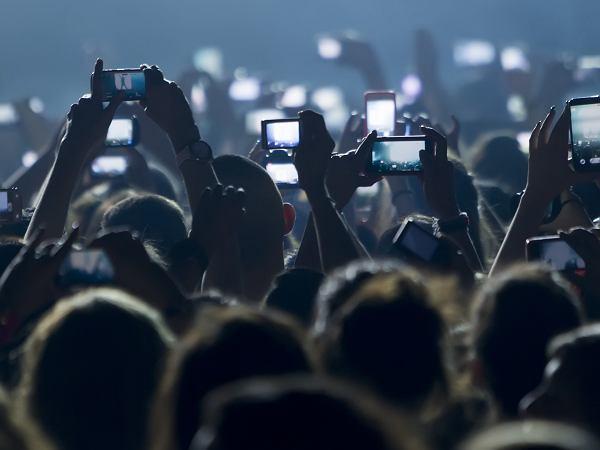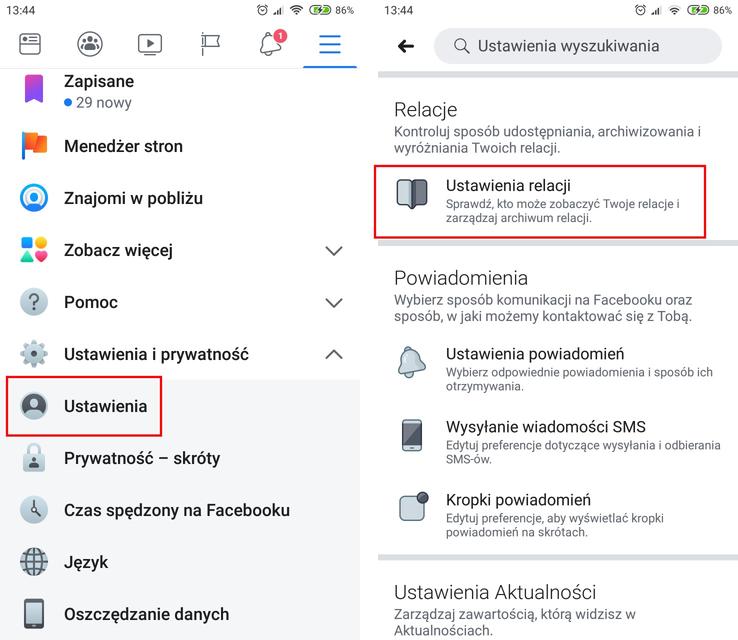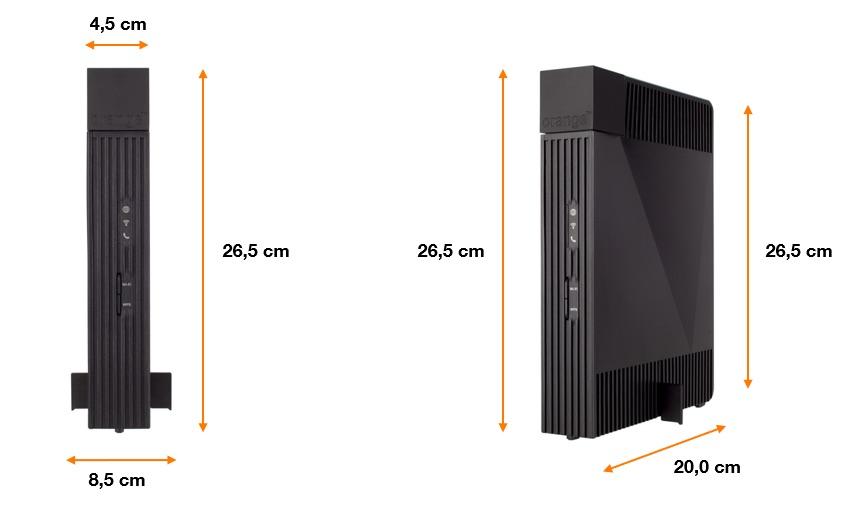Over two trillion terms entered into the Google search engine. It's a number with 12 zeros, and we're talking about this year's activities only. How many e-mails were sent around the world during this time? Over 82 trillion. 82,000,000,000,000.
Check these numbers live here.
ADVERTISEMENTAmong the calls to change behaviors that have a negative impact on our planet, the most prominent are: saving water - showering instead of taking a bath, reducing plastic - drinking tap water and using reusable bottles, as well as giving up eating meat, extracting coal, driving a car. All this is important. But when we focus on the well-known threats, the silent climate killers are slowly but steadily taking their toll.
"A tsunami of data is approaching us. Everything that can be digitized. (…) 5G [fifth generation of mobile technology] is coming, IP [internet protocol] traffic is much higher than estimated, and all cars and machines, robots and artificial intelligence are digitizing, resulting in huge amounts of data that are stored in data centers," said Dr. Anders S.G. Andrae, working in Huawei laboratories, in an interview with Climate Change News four years ago.
According to research by Dr. Andrae, by 2025, the telecommunications industry may consume 20 percent. of the world's electricity, and data centers are among the leaders in this category. Currently, this number is significantly lower - according to some sources, it is 3 percent. That's why it doesn't get enough attention. And that's a mistake.
How much does one newsletter subscription cost?
We can't stop using the internet. Unfortunately, such action does not come into play - and there is a small probability that it will come into play in the near future. However, we can use it consciously and reasonably. Require yourself and others to think with the simplest, often already automated actions in our head. Let's start by subscribing to the next newsletter.
0.3 g CO2 - this is the environmental cost of one email that ends up in spam. 4 g of CO2 - a regular e-mail. 50 g of CO2 - an email with a long and tiresome attachment that you must read. These are calculations from the book "How Bad Are Bananas? The Carbon Footprint of Everything". Author Mike Berners-Lee, a professor at the University of Lancaster, brother of Tim Berners-Lee, inventor of the World Wide Web, concludes that a year of receiving e-mails is about 135 kg of CO2 - this calculation applies to a typical "business user". The data from the mentioned book are widely recognized as one of the most reliable, and its author - a specialist in the field of carbon footprint. However, it should be emphasized that these are estimates. Actual numbers may be slightly higher or lower than those given in the book, due to the extraordinary complexity of today's world.
0.3 g CO2 - this is the environmental cost of one email that ends up in spam(photo: Shutterstock)According to the study quoted in "How Bad Are Bananas? The Carbon Footprint of Everything" conducted by spam and virus protection specialists, McAfee, as many as 78 percent. incoming messages are spam.

It is worth recalling here the number of e-mails sent in a year. 82,000,000,000,000.
Now let's move on to the devices we're sending them from.
TV, phone, tablet
"Even before you launch your new MacBook, you've already used more CO2 than flying from Glasgow to Madrid," writes Mike Berners-Lee. Let's start with the cost of manufacturing the device itself. In his book, the author gives the following figures:
Add to that power consumption (13g CO2 per hour - energy efficient laptop; 69g CO2 per hour - 21.5-inch iMac from 2010; 165g CO2 per hour - old desktop) and the use of servers and network (typically 55 g CO2 per hour). It is worth dwelling on the last calculations, because they relate directly to data centers that are leaders in electricity consumption.
What are data centers? Places where there are servers, routers, computers, switches. Sometimes they are entire buildings, sometimes rooms. What is there is often the core of the IT system of many different companies. This is well illustrated by the last big failure in the Facebook server room, which the company could not deal with for a long time. After sending an accidental BGP update, the company's servers were cut off from the outside world, and billions of users lost access to the website and application. Not only them - Facebook employees could not get into their own offices or log into the internal communication system. To fix this problem, a team of IT specialists had to come to the server room in person and perform a manual restart. This outage is estimated to have cost Mark Zuckerberg at least $6 billion.
Most of us use data centers every day. This is where our photos are stored, the movies we upload to Google Drive, the music we listen to on Spotify, the movies we watch so eagerly on Netflix or HBO. They are the basis of most of our online activity. Estimating exactly how much CO2 data centers consume is unfortunately very difficult - some companies, especially those operating mainly in Asia, do not provide information on this subject at all or it is widely doubted. In addition, the situation is changing dynamically - "hypercentres" are being created that are supposed to consume less energy than a large number of small centers, companies are changing the ways of supplying energy and switching to renewable energy sources, etc. Therefore, it is difficult to make exact calculations.
Mike Berners-Lee calculated that data centers probably used about 130 million tons of CO2 in 2010. And he estimated that within a decade these numbers would triple.
Estimating exactly how much CO2 data centers consume is unfortunately very difficult(photo by Shutterstock)Climate giants' declarations (or lack thereof)
How much CO2 is produced by giants of the Internet and ourselves, through them, depends to a large extent on the decision which energy source a given company uses. And the words he uses when talking about his climate achievements.
For example: Google claims that as a company it is climate neutral, yet in 2019 it released 12,529,953 tons of CO2 into the atmosphere.
"I think of it this way: being carbon neutral allows for CO2 emissions," Robin Bass, director of sustainability programs for real estate and services at Google, told Dezeen magazine. "You can produce coal, you can be connected to a grid that burns coal or some kind of fuel. And as long as you compensate by buying renewable energy somewhere, you can go carbon neutral."
What about Facebook?
"We are doing our best to minimize our impact on energy, emissions and water, while protecting workers and the environment in our supply chain" - you can read in the " sustainability". "Our vision is a fair transition to a zero-carbon economy where no one is left behind. At Facebook, we have achieved net-zero emissions across our global operations, and we intend to achieve net-zero emissions across our value chain [which is what the company is doing to develop, manufacture, sell and deliver the product, and then provide after-sales services - editorial note] in 2030".
So much for declarations. In practice, it's not perfect, as you might expect, but it's definitely better than a few years ago. While not all of Facebook's operations are powered by clean energy yet, the giant is well on its way to doing so in the near future. Facebook, like other companies, can continue to use energy from fossil fuels, and at the same time buy renewable energy certificates and thus offset CO2 emissions. However, can a company be said to be climate-neutral if, as discovered by the think tank InfluenceMap, it helps promote ads denying the existence of the climate crisis? Ads that were viewed over eight million times in the US alone in the first six months of 2020.
We can't stop using the internet(photo by Shutterstock)Also, Apple has announced that it will be carbon neutral by 2030, considering not only the entire supply chain, but also the lifecycle of all its products , including the energy consumed when using them. Among the company's plans is to plant trees that will absorb harmful carbon dioxide in an amount equal to the estimated CO2 emissions in terms of electricity used to charge iPhones.
This is a step in the right direction. Only this step is late and still too small. Now you have to watch whether companies meet their obligations - consumers should watch them, demand transparency and reports. And be aware that while companies on one side of the ocean are starting to see the problem and try to do something about it, we still have a poor idea of \u200b\u200bthe activities on the other side.
***
"We don't need a handful of people who don't produce any waste and live entirely zero waste. We need millions of people who do it imperfectly," said Anne-Marie Bonneau, a cook specializing in zero waste cooking.
It is impossible to live 100% ecologically. But we can make informed decisions on a daily basis. To do less harm than more. The tech giants have slowly started to move in the right direction. We can act so that they do not stop.
See the video "I also saw the agony of a smaller glacier" [EYE ON THE WORLD]Agata Porażka. Journalist of the weekend magazine Gazeta.pl, previously wrote for Wirtualna Polska. Creator of the "Let's Play Green" series, which focuses on what we should do to take care of the planet instead of destroying it. She is interested in topics related to mountains, the environment and problems of the modern world.


